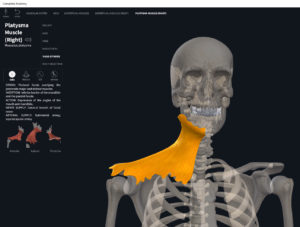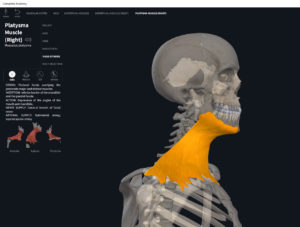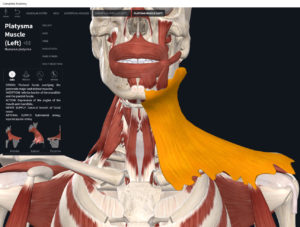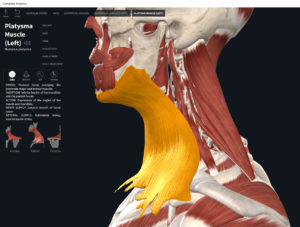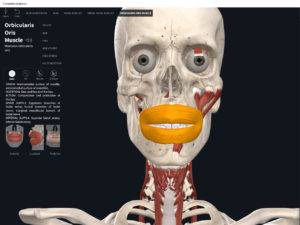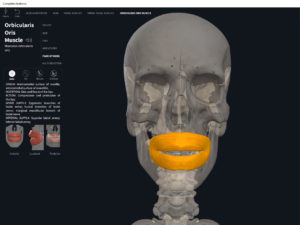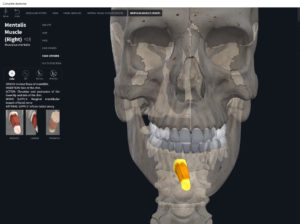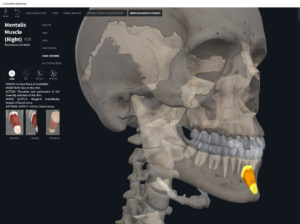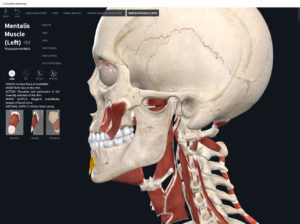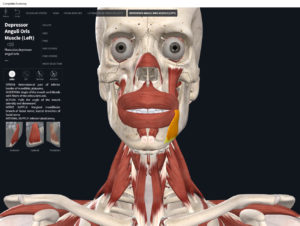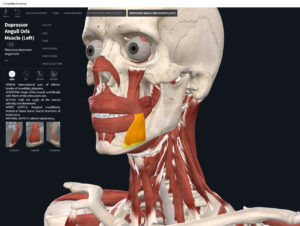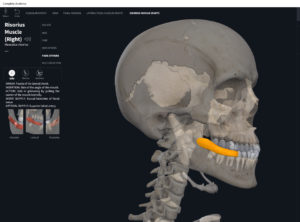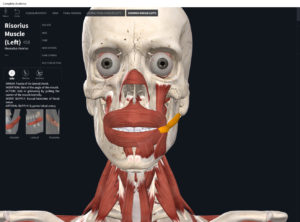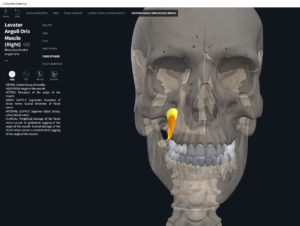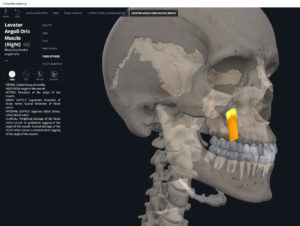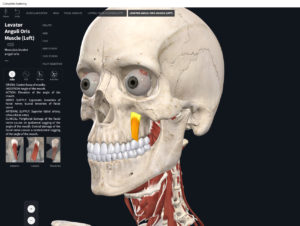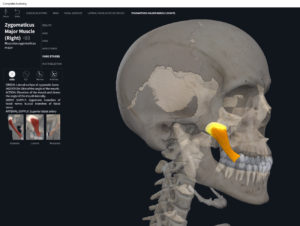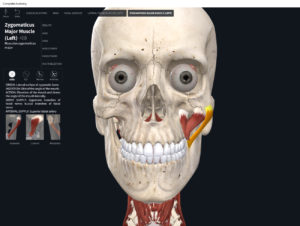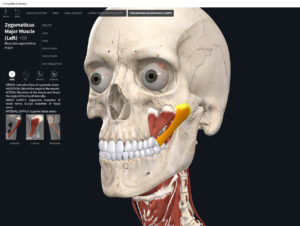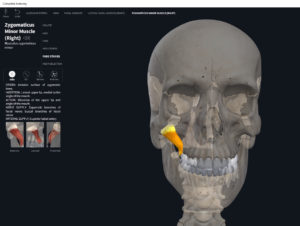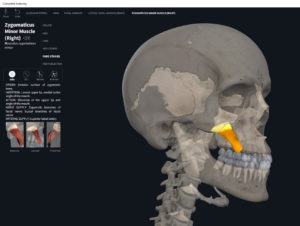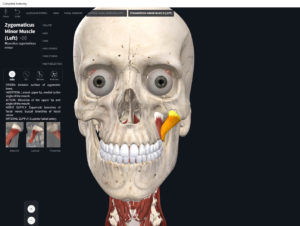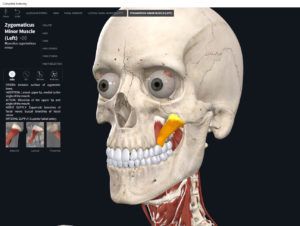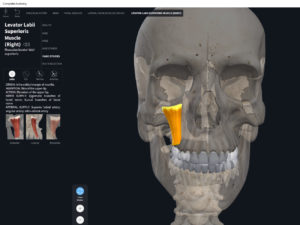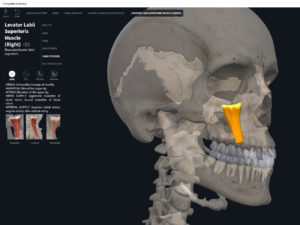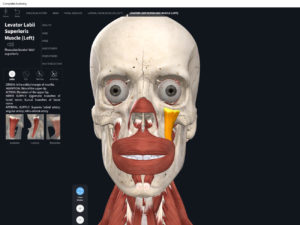Anatomy & Physiology: Muscles—Psoas Major.
Structure.
- Origin: transverse processes and lateral bodies of the last thoracic and all lumbar vertebrae including intervertebral discs.
- Insertion: with ilacus into lesser trochanter of the femur.
- Of iliopsoas group.
Function.
- Concentric action: accelerates hip flexion and external/lateral rotation; extends and rotates lumbar spine. Lesser: ipsilateral pelvic elevation.
- Reverse mover action: trunk flexion and lateral flexion; anterior pelvic tilt; contralateral rotation of trunk and pelvis.
- Eccentric action: controls/restrains/decelerates hip extension and internal rotation; lumbar spine extension and lateral flexion and ipsilateral rotation.
- Isometric action: stabilization of lumbo-pelvic hip complex.
- Innervation: spinal nerve branches of L2-L3.
- Arterial supply: lumbar artery.
Clinical Significance.
More.
- https://www.anatomynext.com/psoas-major/
- https://www.youtube.com/watch?v=RLNXAs4vWkE
- https://www.youtube.com/watch?v=TmvpoVWBwUw
- https://youtu.be/7BbxUIhYxzA
References
Biel, A. (2015). Trail guide to the body: A hands-on guide to locating muscles, bones and more.
Clark, M., Lucett, S., Sutton, B. G., & National Academy of Sports Medicine. (2014). NASM essentials of corrective exercise training. Burlington, MA: Jones & Bartlett Learning.
Jenkins, G., & Tortora, G. J. (2012). Anatomy and Physiology: From Science to Life, 3rd Edition International Stu. John Wiley & Sons.
Muscolino, J. E. (2017). The muscular system manual: The skeletal muscles of the human body.




